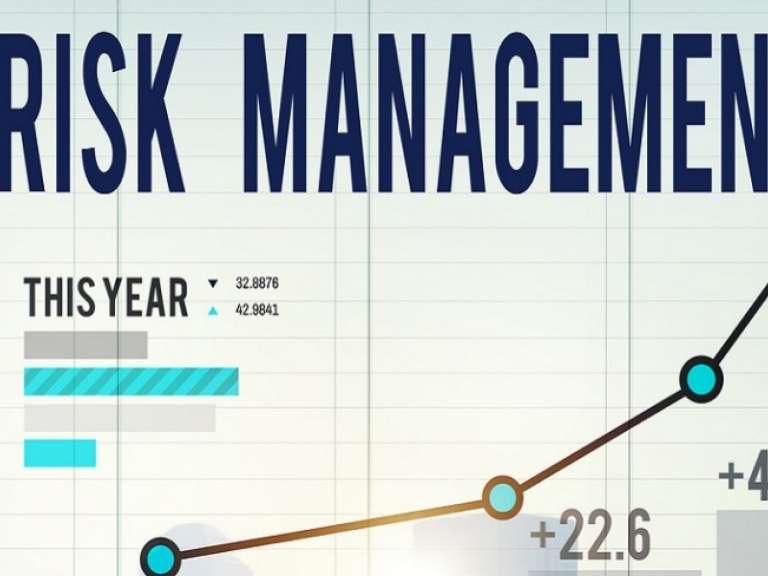Why ISO 55000 is Essential to Fleet Management
Robert RapierISO 55000 is the global standard when it comes to physical asset management.

Between faulty equipment, safety and environmental concerns, and automatic shutdowns, the health of a power plant's physical assets is critical to the success of the entire operation. In an evolving industry where looking to insurance for protection from unfortunate situations is no longer a viable option, plant operators and managers are under pressure to better protect their organizations. In response—and with input from many countries—the International Organization for Standardization (ISO) published the ISO 55000 standard.
Simply put, the ISO 55000 defines the optimal implementation, required maintenance, and improvement of a physical asset management system. It includes a framework to manage full asset life cycles, from acquisition to decommissioning, as well as the concepts, principles, and terminology of developing a long-term plan that incorporates an organization's objectives, business policies, strategies, and stakeholder requirements. While the standard is up to individual interpretation, the overarching goal is to improve a plant's management system and enhance the quality of the operation. Compliance with ISO is a best practice for asset managers.
Over time, industry consolidation has led to power plant owners maintaining large fleets of power generating assets, which can make coordination between the organization and individual plants challenging. At the same time, the industry is undergoing rapid technological transformation, which requires ongoing training and consistent adoption practices. These factors underscore the need for a holistic approach to asset management that includes more standardized sharing of knowledge, resources and technologies. When implemented effectively, the ISO 55000 guidelines can result in a much more integrated and scalable asset management strategy.
The maintenance and monitoring of power generating assets is central to any plant management strategy and essential to guard against high-profile industrial accidents. History has proven that equipment failures have the potential to result in tragic loss of life, unplanned shutdowns, environmental impact and irreparable brand damage. As such, major stakeholders need the highest levels of assurance that plants are being run with manageable levels of risk, and that maintenance decisions are being made in an objective and predictable fashion.
Consider a power plant owned by an investment firm that hires third parties to run their plants for safety, reliability, and profitability. An ISO 55000-compliant strategy may define the specific maintenance schedule for a turbine based on objective criteria that are consistent across the organization, and thereby reasonably eliminate the risk of highly variable individual decision-making at the plant level.
ISO 55000 helps establish risk management prioritization, specifically, by encouraging:
1. Comprehensive audit histories of the life cycle of key assets and equipment.
2. Specific maintenance schedules based on consistent, objective criteria from audit histories as well as changes in an asset's operational profile.
3. Long-term strategic planning for repairs and replacements with minimal disruption to service.
4. Flagging poorly working equipment for inspection to identify potential problems before they manifest themselves.
With the reduced risk of failure, there is potential to save more than just money.
With the goal of maximizing efficiency and increasing productivity, ISO 55000 formalizes and aligns business processes by defining specific expectations. This, in turn, enables leadership to gain a more comprehensive view of asset integrity for the entire facility. Strong communication between assets and team members leads to more consistent and better-informed business practices and decision making.
This is just a brief primer on the ISO 55000. Education is necessary to determine how to apply it to your specific asset management strategy. But between managing cost, prioritizing and minimizing risk, improving performance, and gaining a competitive advantage, a power plant's asset management consistency is of utmost importance. To meet these goals and objectives, the effort has to go beyond a simple understanding, and, instead, include an organizational commitment to the continuous improvement of a suitable and compliant asset management system.
The EIA estimated that coal will overtake natural gas in power production this winter. Are these simply seasonal power generation trends?
Power plant managers should keep watch for energy industry trends in 2017: rise of distributed generation, fuel mix changes, digital technology, and more.
Owners and operators of fossil power plants should undertake a portfolio review under a range of plausible scenarios to determine the best mix of operating missions for its assets.